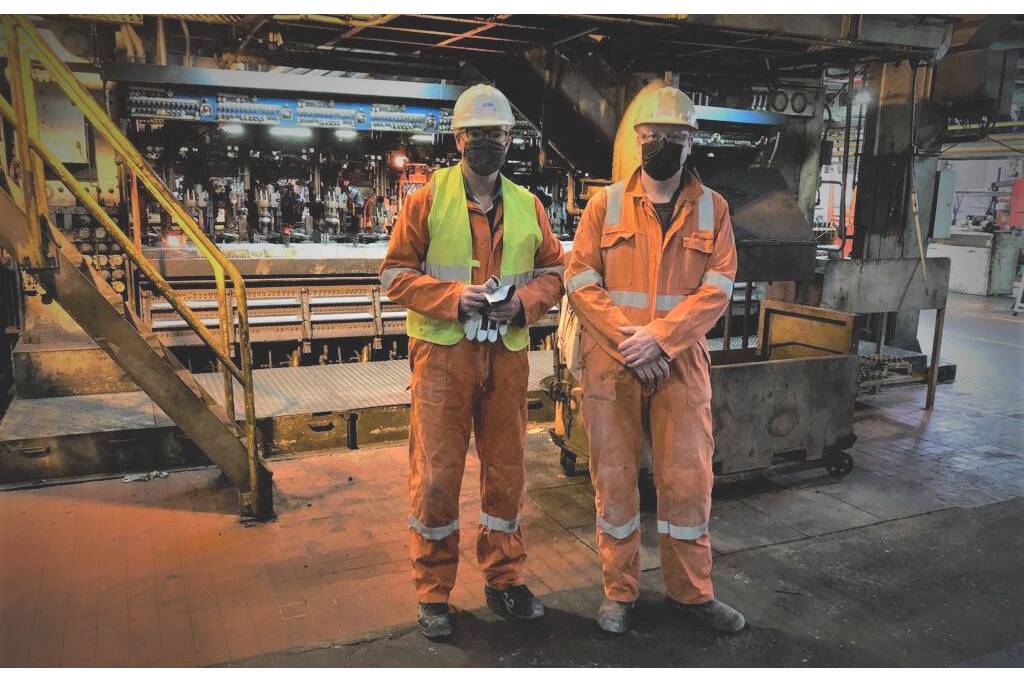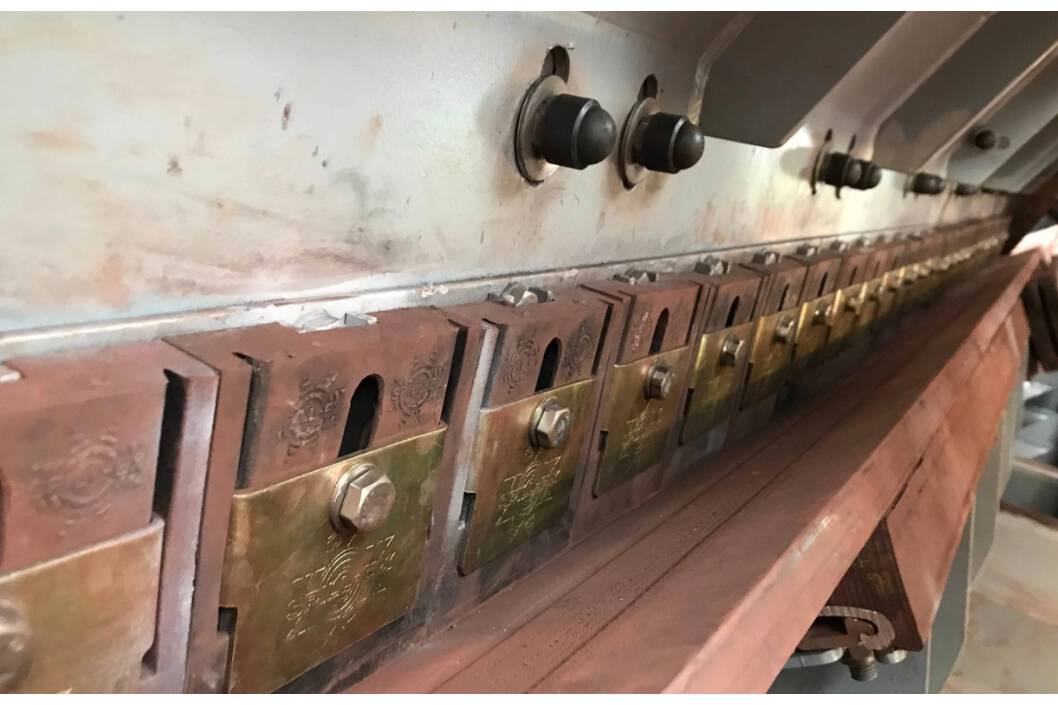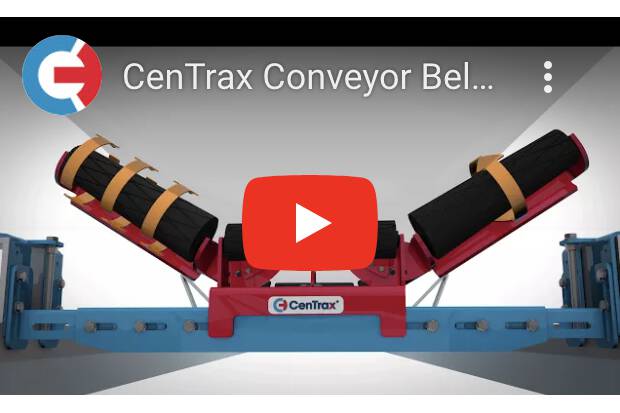Contamination and downtime conveyor belts minimised at AEB Amsterdam
StarClean belt scrapers work very accurately and are less prone to wear, says François van den Hoek, installation manager of separation plant at AEB Amsterdam.
The Amsterdam waste processing company AEB processes 1.4 million tonnes of waste annually, recycles residual materials and converts heat released from incinerated residual waste into heat and electricity for households and businesses. A sustainable and clean way of producing energy, which requires a streamlined production process without pollution and conveyor belt downtime. ”Dry material is not a problem, but organic wet fraction (ONF) will stick to a belt. TBK Spillage Control has solved this problem by attaching belt scrapers with counter-pressure rollers against the conveyor belt, keeping the conveyor belt clean,” says François van den Hoek, installation manager of the separation plant at AEB Amsterdam.
Every day, an average of 150 trucks unload household waste at the waste processor’s separation plant. At the separation plant, various materials are sorted by machine. These include hard plastics, foils, paper, cardboard, beverage cartons, metals and non-ferrous metals, such as lead, zinc, bronze and brass. ”We put the recovered streams back on the market to the end processors, who then turn them into other materials. What remains and cannot be separated goes on to the incinerators and serves as fuel, to generate energy with the highest possible efficiency,” said Van den Hoek, responsible for the plant’s quality, performance and major maintenance.
StarClean belt scrapers
Coarse, heavy metals are a potential risk for the separation plant and are fished out as quickly as possible. Chances are otherwise, they will damage the conveyor belts within seconds, with all its consequences. Not desirable downtime is why AEB sought cooperation with TBK Spillage Control, a specialist in optimising conveyor belt installations for over 65 years. This not only put maintenance in capable hands, but also solved the problem of ONF sticking to the conveyor belt. Alex Budding, account manager at TBK Spillage Control: ”We mainly use our StarClean belt scrapers at waste processing companies. To demonstrate the operation in practice, I invited François van den Hoek and his colleagues to visit another waste processing company, where these belt scrapers are already in use. At AEB, the Heavy Duty (HD) version from the 500 series ultimately turned out to be the most optimal solution, fully adapted to belt width and installation space.”
Counter-pressure rollers
According to Budding, one of the many pluses of the StarClean belt scrapers, because in addition to customisation, TBK Spillage Control’s belt cleaners also work with back-pressure rollers. A technique that ensures, that the conveyor belt is pressed against the belt scraper. ”With normal scrapers, the middle piece wears faster, because most of the material is now on the middle of the conveyor belt.
This creates a hollow in the belt scrapers. We place the back-pressure rollers of our StarClean belt scrapers as separate components against the inside of the conveyor belt, creating torsional tension. This, in turn, causes the individual components to independently provide back pressure, pushing the conveyor belt down against the belt scraper,” Budding says. An innovative technique, which also prevents the sticky material (ONF) from sticking to the scraper. With regular scrapers, the matter sometimes wants to pile up against the belt scraper, pushing it up and causing contamination, resulting in downtime.
Less wear-sensitive
For Van den Hoek, there is no doubt that TBK Spillage Control’s tyre cleaning system does what it is supposed to do. The system has now been in production for more than two and a half years without any maintenance: ”The StarClean belt scrapers work much more accurately than we were used to and, thanks to the combination with a back-pressure roller, are also less sensitive to wear. We maintain the scrapers ourselves and that consists of nothing more than keeping the scraper blades clean. No rollers or scrapers have been replaced so far, everything has been running exactly the same since the day TBK Spillage Control installed them.
Fully unburdened
AEB contributes to Amsterdam’s sustainability ambitions and those of surrounding municipalities and companies it works with. The company now has some 340 employees, who contribute every day from Amsterdam’s western port area to working sustainably towards a cleaner city. Ambitious as the waste processing company is, it strives for even better quality of waste separation resulting in even higher returns. Van den Hoek: ”The separation plant is a relatively young and energetic department within the company. We are still discovering, are working on many good things and there is always something to improve. In 2017, we built this plant to separate household waste and are now working on optimising it. There is a good chance that TBK Spillage Control will also be involved in this again. ”The cooperation with TBK is pleasant. The personal contact with Alex Budding is very nice. He is regularly in our region and will drop by, put on an overal and dive into the installation. He checks whether everything is still running smoothly. We are completely relieved of this.”


